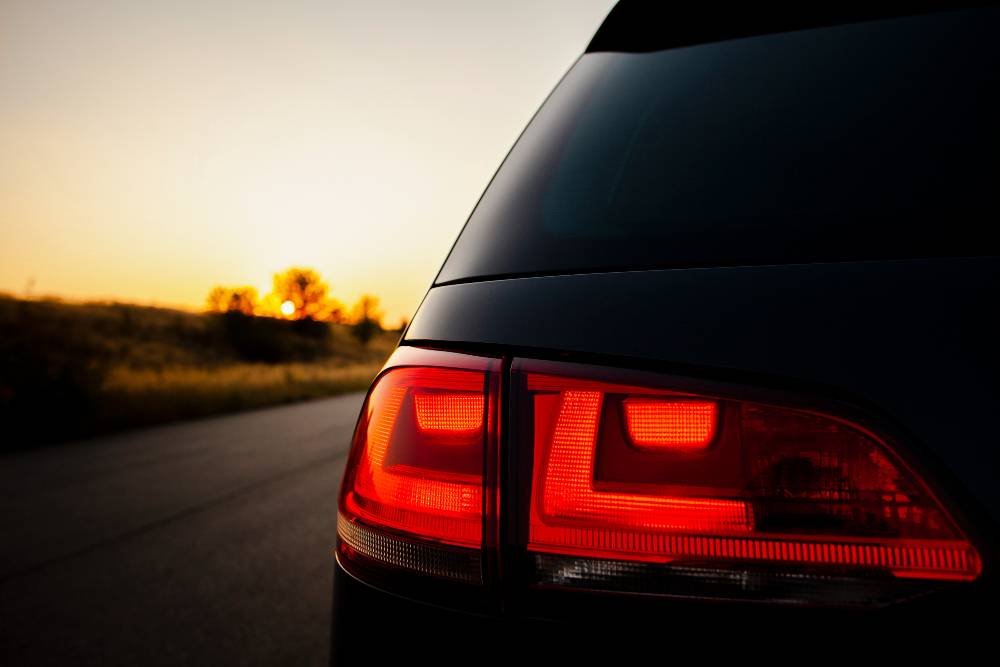The real story behind the amazing water car from India! - Cartoq
https://www.cartoq.com/the-real-story-behind-the-amazing-water-car-from-india/
Jun 7, 2016 - But does the 'water car' really run on water or is there more to this ... have tried the same basic idea – and all were called 'water cars' by the ...The real story behind the amazing water car from India!
A month ago, there was huge hype about a home-built car in India that ran on ‘water’. The ‘water car’ went viral and the builder of this unique vehicle, Raees Makrani – a 44 year old mechanic from Madhya Pradesh, even got Chinese investors interested, according to reports. The Quint and History channel published videos about the car, which together received close to 15 lakh views on Facebook.
But does the ‘water car’ really run on water or is there more to this story than that meets the eye? Here’s the real story.
The water car is actually a ‘gas’ car…
By gas, we’re not referring to steam, but acetylene. A highly flammable gas, acetylene is formed when Calcium Carbide (CaC2) is made to react with water (H2O). This gas is commonly used in the welding (oxy-acetylene torch) industry, and for lighting. If you watch the video, you will see that Makrani actually says that by adding Calcium Carbide to water, acetylene gas is formed which is used for combustion. But the videos went with the sensational phrase ‘Water Car’!
Raees Makrani has successfully managed to use acetylene as a fuel for a car. But this doesn’t mean he’s the first to do so. A few years back, similar claims by a Pakistani inventor also went viral. That too, disappeared after a while. Internationally, there have been many who have tried the same basic idea – and all were called ‘water cars’ by the gullible. But all those efforts went nowhere.
The first acetylene powered vehicle is more than century old…
As far back as 1899, acetylene engines were produced. In fact, The ‘Auto Acetylene Company of New York’ built engines that could run on petrol, kerosene and acetylene gas. Nazi Germany even had Panzer tank prototypes using acetylene, as a potential safeguard against fuel shortages. While there have been people experimenting with acetylene fuel to run cars for years, nothing commercial has come out from the passenger car industry yet.
And this is why acetylene never really became an alternative fuel
A research paper from 1979 had to say this when acetylene was evaluated as a possible fuel for cars,
Acetylene combustion occurred at sufficiently lean equivalence ratios to produce very low NOxand CO emissions. However, when the low NOxlevels were achieved hydrocarbon control was not improved over that with gasoline. Despite the potential for NOx control demonstrated in this study of acetylene fueling, difficulties encountered with engine knock and pre-ignition plus well-known safety problems (wide flammability limits and explosive decomposition) associated with acetylene render this fuel impractical for spark ignition (petrol) engines.
In other words, using acetylene as a primary fuel for a petrol engined car could result in something like this.
Yes, that’s right. Acetylene is highly explosive and the chances of this fuel causing a big explosion is very real. This gas has to be handled with utmost care, and definitely isn’t meant to be a Do-It-Yourself project for those who don’t know what they’re getting into. Car companies haven’t turned to acetylene as an alternate fuel due to challenges in preventing pre-ignition (knocking) and storing the gas safely.
While there’s ongoing research to evaluate acetylene to reduce emissions on a diesel engine by injecting it along with diesel, it was found that some emissions (carbon monoxide and di-oxide) reduced while NOx emissions increased. Also, the diesel engine running the diesel-acetylene mix was found to be thermally less efficient than the one running on diesel alone.
Coming back to Raees Makrani’s ‘Water Car’
Makrani’s work has to be congratulated, but for its effort. We will not hear from him again, probably. Car companies would not show any interest, as they are aware of the technology and its pitfalls. Raees Makrani’s acetylene powered car may not replace petrol or diesel cars, possibly ever. The technology is not new. It has been evaluated and mostly found too unsuitable for commercial production. Acetylene could be used to reduce emissions on certain types engines. Oh, and the much hyped ‘water car’ still doesn’t really run on water.
Tata Starts Project to Use Water as Fuel - autoevolution
https://www.autoevolution.com › News › Technology
Jan 4, 2011 - "As it is Tata's dream to run his cars on water ultimately, he is funding the project so that he will have control on the innovative technology.
Missing: tried | Must include: tried
Ratan Tata dreams of cars running on water: Scientist - The Economic ...
https://economictimes.indiatimes.com/ratan-tata...cars-running-on-water.../7196217.c...
Jan 1, 2011 - BANGALORE: Tata Group Chairman Ratan Tata's dream is to see cars run on water and he has invested USD 15 million in a start-up firm ...
Missing: tried | Must include: tried


No comments:
Post a Comment